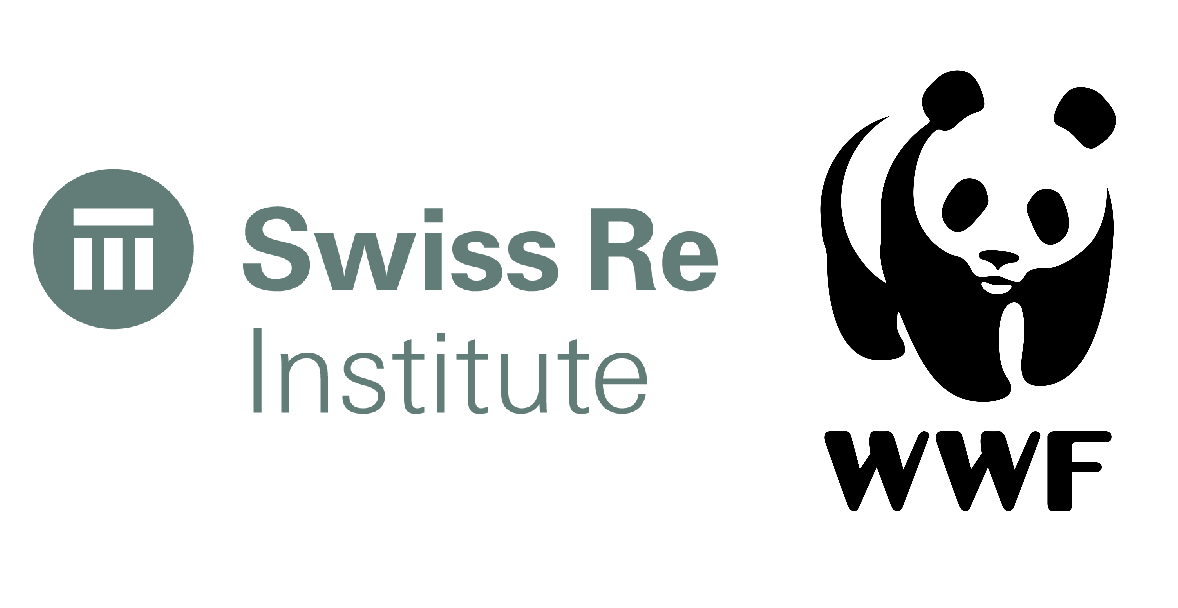Swiss Re Institute has collaborated with the World Wildlife Fund (WWF) to focus on the concept of spatial finance in understanding threats to World Heritage Sites (WHS).
 Spatial finance uses geospatial observational data – geographical information systems (GIS) – combined with machine learning to assess the risks and impact of financing and re/insurance decisions.
Spatial finance uses geospatial observational data – geographical information systems (GIS) – combined with machine learning to assess the risks and impact of financing and re/insurance decisions.
Swiss Re believes that the spatial finance approach can be used to assess both the long-term impacts of economic activity and short-term disaster risk management, such as oil spills.
“Almost all major forms of economic activity require financial services, be it investment, credit or re/insurance,” the reinsurer stated. “This gives financial service providers (FSP) significant potential leverage over economic activities in WHS.”
With the concept of spatial finance, FSP have the ability to add a geo-spatial layer into risk management and due diligence processes, identifying activities in WHS or other ecologically sensitive areas.
Therefore, by working together in mutual self-interest, non-financial institutions, conservationists and FSP can help protect the integrity of WHS.
“If humanity loses the natural environment as the foundation for life, evolution, food, shelter, medical supply, cultural and religious inspiration, what is left?” said Oliver Schelske, Exploratory Research, Swiss Re Institute.
“Swiss Re does not provide business support to activities that contribute to the conversion or degradation of ecologically sensitive areas, and respects specifically protected areas including World Heritage Sites,” added Lasse Wallquist, Senior Sustainability Risk Manager, Group Risk Management.
World Heritage Sites (WHS) include some of the most important landscapes on earth, including the Grand Canyon, the Great Barrier Reef and the Okavango Delta.
They have been internationally recognised as being of ‘Outstanding Universal Value’ and protected under the United Nations Educational, Scientific and Cultural Organization’s (UNESCO) World Heritage Convention.
Of all natural or mixed World Heritage Sites (WHS), almost half host an economic activity with potentially damaging ecological consequences.
But UNESCO has limited power to influence national governments, which might sometimes be in a difficult position to protect WHS from harm.


